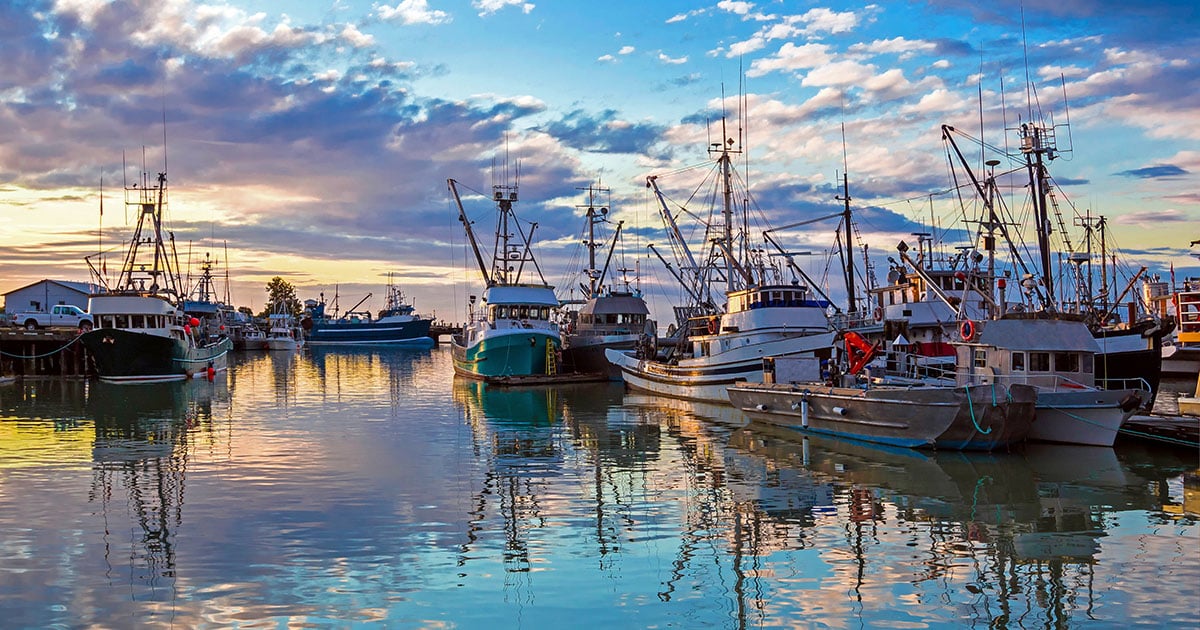The Honorable Diane Lebouthillier, Minister of Fisheries, Oceans and the Canadian Coast Guard, announced the launch of the $5-million Indigenous Fisheries Monitoring Fund. This funding supports Indigenous groups as they increase fisheries monitoring and catch reporting activities, which is crucial for maintaining sustainable fisheries. Fishery monitoring provides accurate information on fishing activities, such as how many fish are caught from each stock and how many bycatch species are caught during a fishery.
Eligible Indigenous groups can now submit their written proposal to DFO. Information on eligibility, how to apply and an application form can be found on DFO’s Indigenous Fisheries Monitoring Fund webpage. The fund is open to applications until December 31, 2028.
This funding will promote the sharing of best practices and fishery monitoring data to better inform decision-making for sustainable fisheries and demonstrate collaborative management of federally regulated fish stocks and populations across Canada.
“Indigenous harvesters have always made an important contribution to fishery monitoring and stewardship in Canada. This funding will support Indigenous groups as they continue the important work of fishery monitoring, which is essential to effective fish stock management in Canada,” commented the Honorable Diane Lebouthillier, Minister of Fisheries, Oceans and the Canadian Coast Guard.
Quick Facts
- The Fishery Monitoring Policy sets the direction of how all federally managed wild capture fisheries and marine mammal harvests are monitored in order to provide dependable, timely, and accessible information crucial to sustainable fisheries management.
- Fishery monitoring tools and methods include data collection at-sea and dockside undertaken by fish harvesters and external sources, and includes the use of technology. For example, logbooks and creel surveys are completed by harvesters, while vessel monitoring systems, aerial gear counts, and port sampling are done by others.

